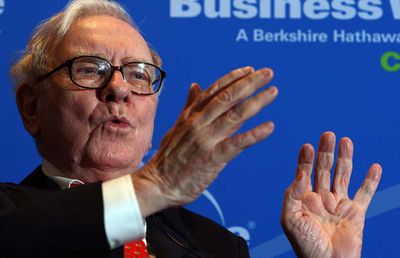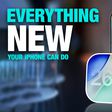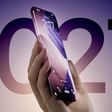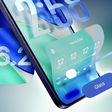Earlier this month, Apple's head of security engineering Ivan Krstic gave a talk at the Black Hat Conference, an annual event designed for the global InfoSec community. During the event, Krstic spoke about Apple security and unveiled the company's new bug bounty program.
Krstic's briefing is now available in full on YouTube, shared this morning on the Black Hat YouTube channel in a video entitled "Behind the Scenes of iOS Security."
In the talk, Krstic covers three major iOS security mechanisms -- HomeKit, Auto Unlock, and iCloud Keychain -- in "unprecedented technical detail," along with other iOS security measures.
HomeKit, Auto Unlock and iCloud Keychain are three Apple technologies that handle exceptionally sensitive user data - controlling devices (including locks) in the user's home, the ability to unlock a user's Mac from an Apple Watch, and the user's passwords and credit card information, respectively. We will discuss the cryptographic design and implementation of our novel secure synchronization fabric which moves confidential data between devices without exposing it to Apple, while affording the user the ability to recover data in case of device loss.
Data Protection is the cryptographic system protecting user data on all iOS devices. We will discuss the Secure Enclave Processor present in iPhone 5S and later devices and explain how it enabled a new approach to Data Protection key derivation and brute force rate limiting within a small TCB, making no intermediate or derived keys available to the normal Application Processor.
Traditional browser-based vulnerabilities are becoming harder to exploit due to increasingly sophisticated mitigation techniques. We will discuss a unique JIT hardening mechanism in iOS 10 that makes the iOS Safari JIT a more difficult target.
The most notable moment of Krstic's briefing features the unveiling of Apple's first ever bug bounty program, which will see the company paying out up to $200,000 to researchers who discover vulnerabilities in Apple software. Apple's bug bounty program, initially limited to a few dozen researchers, launches this September.



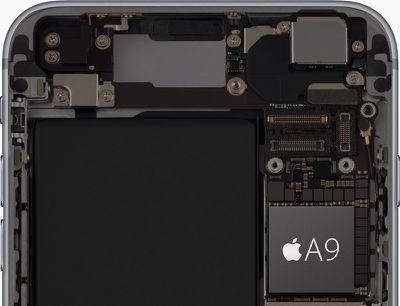

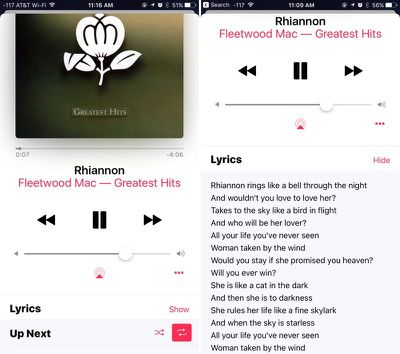
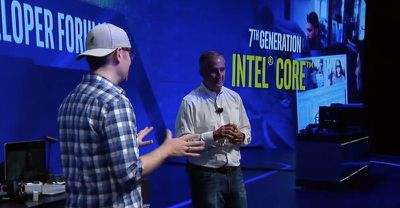
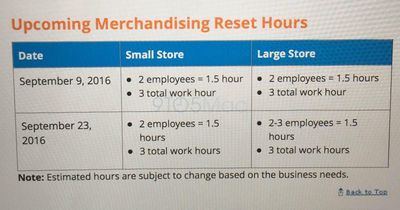
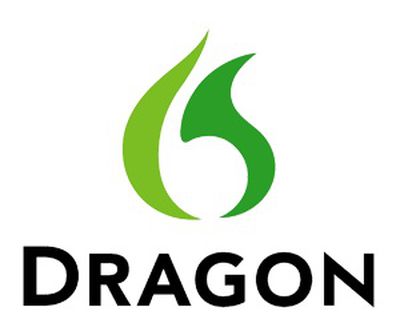 Voice dictation company Nuance today
Voice dictation company Nuance today 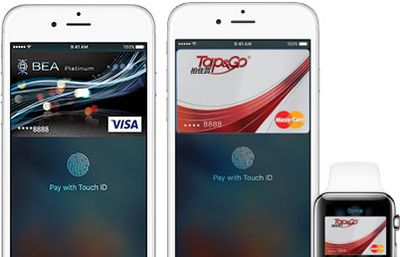

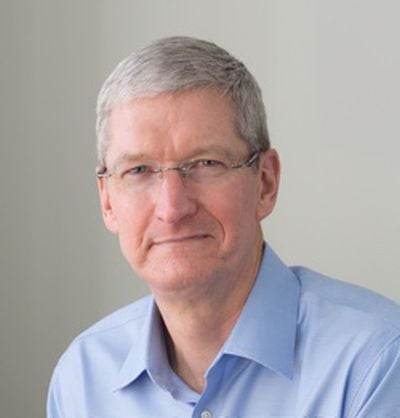 Apple is planning an all-new research and development center in China, attempting to boost its presence and market share in the country following multiple reports of the iPhone's dwindling returns as users flock towards
Apple is planning an all-new research and development center in China, attempting to boost its presence and market share in the country following multiple reports of the iPhone's dwindling returns as users flock towards 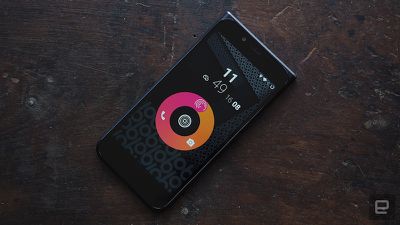
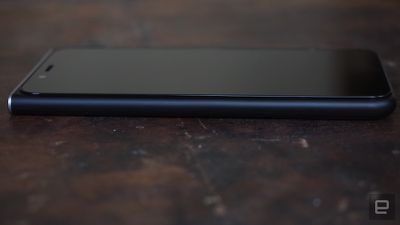
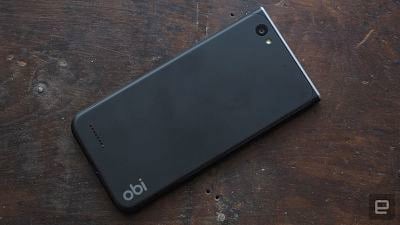

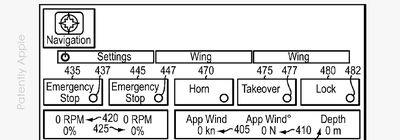
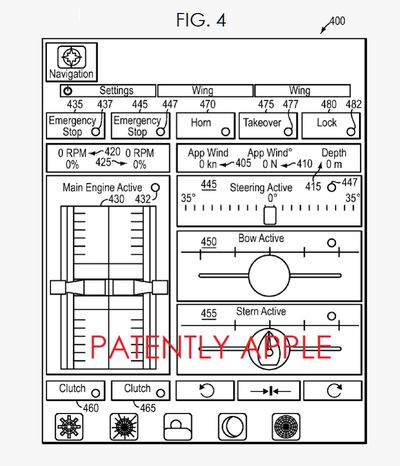
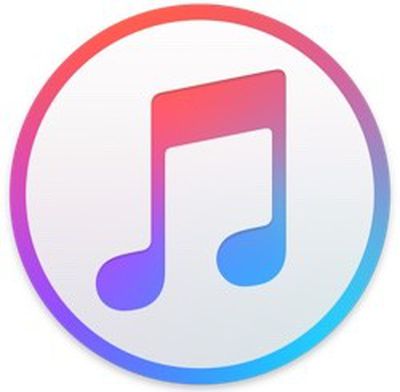 Apple has green-lighted its carrier billing feature for iTunes users in Taiwan and Switzerland, allowing them to charge app and media transactions directly to their cellphone bill (via
Apple has green-lighted its carrier billing feature for iTunes users in Taiwan and Switzerland, allowing them to charge app and media transactions directly to their cellphone bill (via 